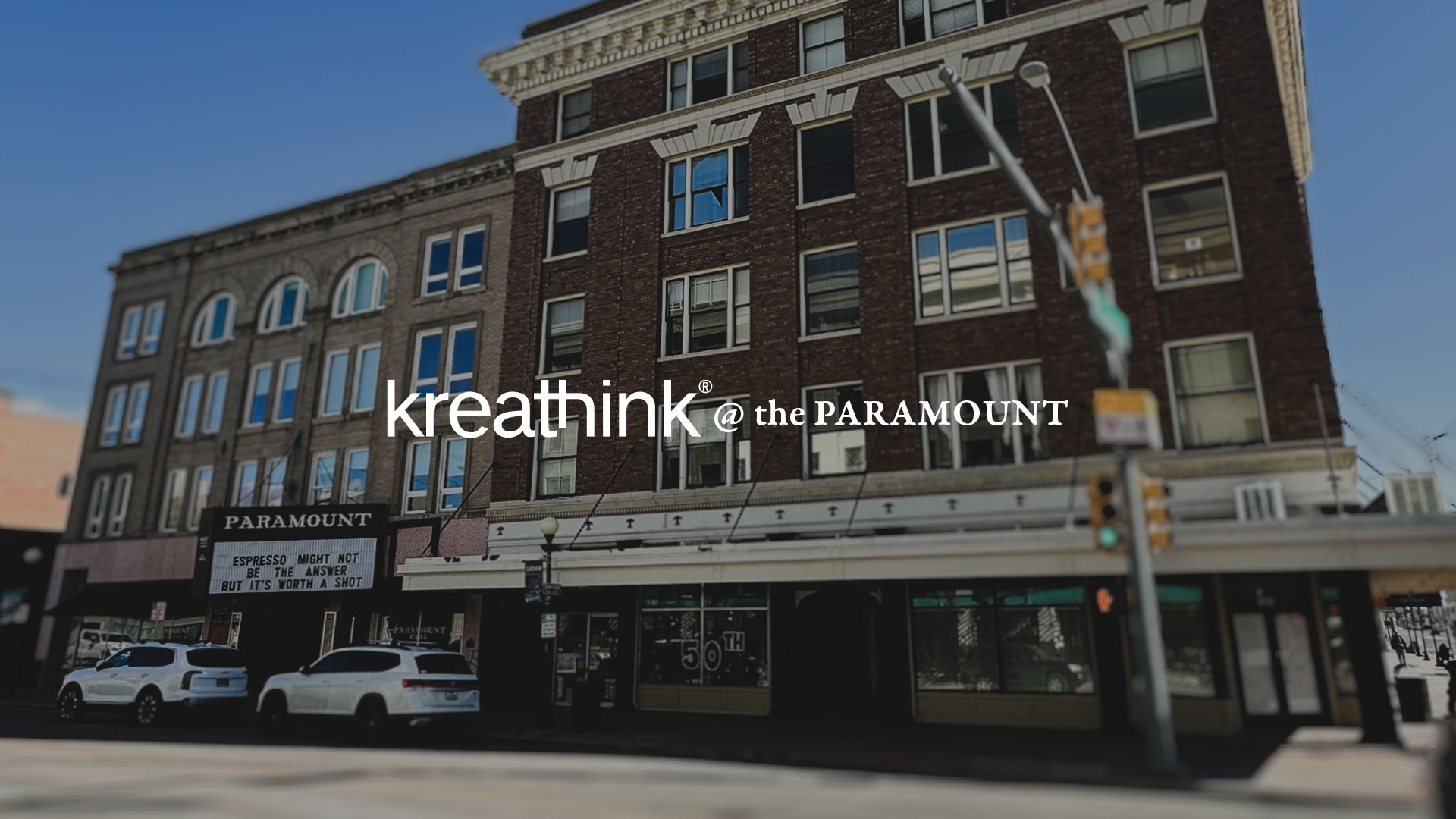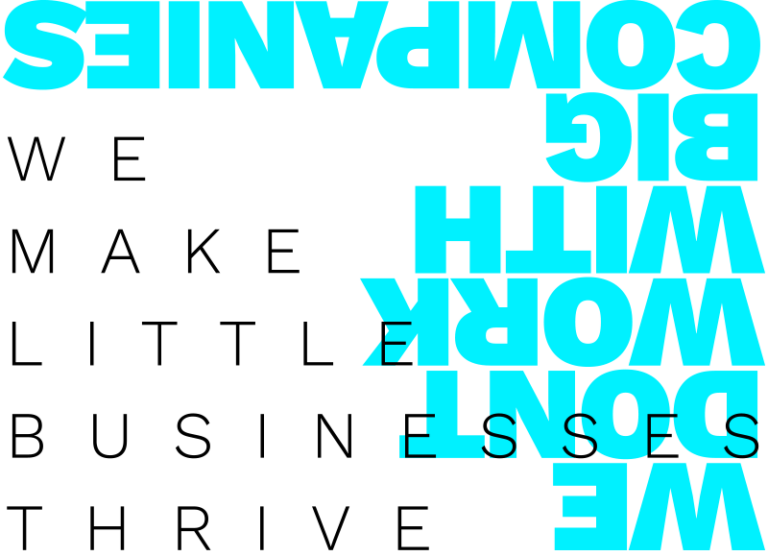Corporate Identity revolves around the brand as the primary focus for communication initiatives and campaigns. However, Branding is not just a representation of the company’s culture; it also encompasses the work of employees, managers, customers, suppliers, and all other stakeholders involved in the organization.
The image that a company transmits -and by image, we mean the representation that the client or user has of it- is the critical factor that makes a business gain or lose ground in a particular niche and market. Branding, the discipline that studies, plans, and adjusts that image, has been affected by the search for immediate results, almost always anchored to sales, and by the “ease” with which it can be confused with Graphic Design.
Every so often, I do a mental exercise in which I look for the best corporate branding offers found on digital channels and compare them to what large design and communication studios provide (which are usually not in that world), and I don’t understand why the former costs $19.99 and the latter more than $25K.
In the eighties, Peters began to glimpse what is now a reality: a company’s Branding begins with intangibles such as its values, credibility, and uniqueness. By the end of that decade, organizations realized that it was not enough to produce objects or services but that “something” was modifying the behavior of the client/user/consumer. Of course, these were the intangibles perceived through the quality or promise of their products or services.
Products were no longer valued based on sales volume or quality but on questions like who? What? How? When? made it supposable that segmentation, product positioning, market research, product graphics, and launch timing or promise should be the new important factors to include in the system planning.
Consistency, as an entrepreneurial concept, especially in a company, is the fuel that effectively moves the engine to progress. It is okay to be consistent because the result will come at some point, but coherence and consciousness are the other vital components in value construction.
Costa refers to this change in mentality about companies as a derivative of the development and speed of information. Some time ago, information did not play a decisive role as it does today, and brands had to move to a more intangible plane. This is how those corporate values could be conditioned through market research, positioning, and segmentation to achieve a correct connection with the intended public.
Branding can also be defined as the experience designed for customers based on intangibles that the company wants to make them feel and that it knows, in advance, because it planned it, will make them return. Neumeyer explains, using an open comparison, that a brand is what it is not: “The brand is not a logo, the brand is not a corporate identity, nor is it a product; the brand is what it says it is, and that is the result of branding.”
When I hear colleagues talk about “branding” a place or product, it makes me cringe because that’s not really what Branding is about. It’s not due to ignorance or the convenience of using cheap Spanglish (which unfortunately tends to sell more), but rather because Branding is all about building and managing a well-developed identity that creates a distinctive image.
Corporate Image, which in terms of meaning would be the most accurate translation of Branding, is based on the action of personifying or humanizing a company. According to Balmer and Greyser, this is achieved by working on three main axes: Corporate Design (logos, colors, uniforms, stationery, among others), Corporate Communication (advertising, public relations, corporate information, among others), and Corporate Behavior (internal values, regulations, mission). When corporate Design, communication, and behavior align, a cult/love for a company begins: a “brand we like” (for some, love marks).
Costa defines this transition from the tangible to the intangible as the fourth generation of the brand, where the image must be carefully taken care of because any communication deviation causes negative changes in perception. Ghio brings up Senge and suggests that customers have their mental models about companies because they are human experiences. Branding teams should focus more on the promise declared to the audience than graphics, aesthetics, or the idolized product.
In this branding story, the appearance of the word “audience” is not a minor detail because it means that these people no longer expect a product to satisfy a particular need. They pursue a spectacle, a show, an event, a party, something that makes them feel important and positively marked, even if they only buy toothpaste.
Corporate Image (Branding) aims to regulate a company’s behavior, from how it presents itself to how it serves the customer. It must be studied interdisciplinary, with Design as the central axis (due to its forecasting ability) and other relevant areas for each company.
Branding is more of a code of conduct than a visual project because it must address, according to classical theory, the internal public, the external public, and spectators. Not only that but also business relations (Co-branding and all its variants) resemble those of living beings in an ecosystem that strives to evolve to become the leaders or references that individuals supposedly need.
Among the new trends in strategy are transparent brands based on absolute truth (for them), socially empathic brands, or minority brands that promise nothing but to address very particular audiences with cultural products or knowledge capsules to solve specific problems. For me, the result of Branding is like the emotion you feel when walking through a museum and being left with that feeling of having learned something for a lifetime—being marked.
In conclusion, Branding for a company must be a disciplined (and constant) practice that manages all interactions (tangible and intangible) and relationships among the players in its business phenomenon. It has to build a solid and coherent personality that instills trust in its audience.




